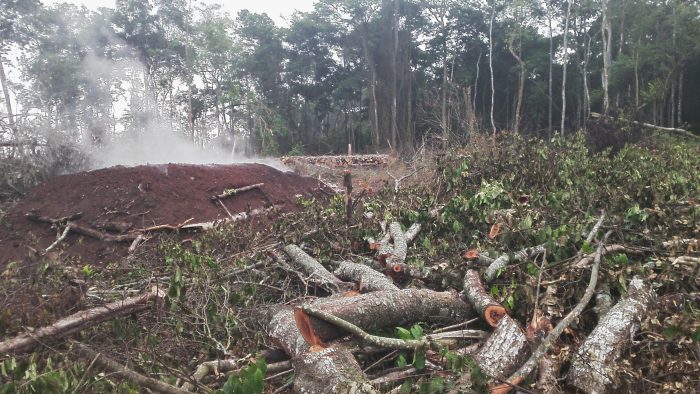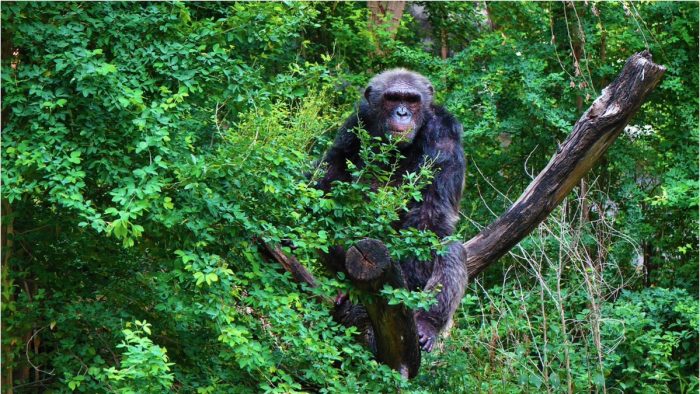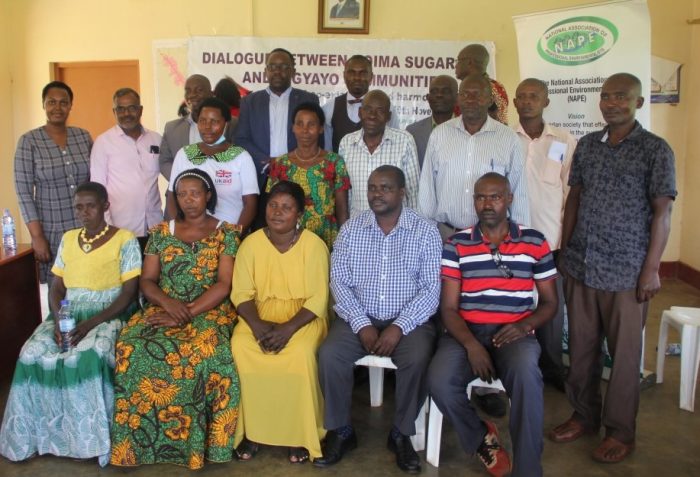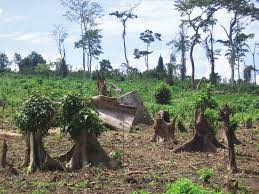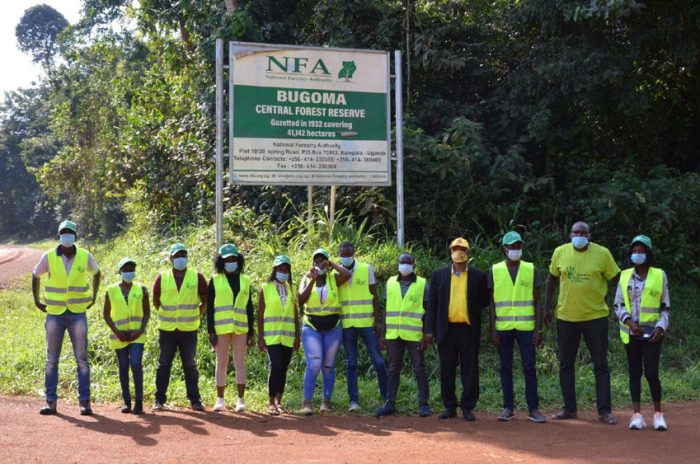Biodiversity, Forests & Large Plantations
Today, forest and woodland cover in Uganda stands at 49,000 km² or 24% of the total land area. Of these 9,242.08 km² is tropical rainforest, 350.60 km² are forest plantations and 39,741.02 km² is woodland. 30% of these areas are protected as national parks, wildlife reserves or central forest reserves.[1]
National association of Professional Environmentalists (NAPE) since inception has been doing work that enhances conservation of natural forests under Uganda Wildlife Authority(UWA) about 15%, National Forestry Authority (NFA) 15% and 70% private forests and local forest reserves. Under this docket, campaigns on conservation of forests has been top on the agenda in this era of climate change.
Wetlands
In 1994, the wetland coverage was 15.5% of Uganda’s land cover, but by 2016, wetland coverage had reduced to only 8.9% and it is projected to be only 8.4% by 2019. Statistics show that countrywide wetland coverage has dropped from 37,346.3 Sq.Km in 1994 (15.5%) to 21,526.3 Sq.Km (8.9%) of the total national surface area. In 1994, coverage could be depleted by 2040 if concerted efforts to mitigate degradation of wetlands is not accelerated. (https://kampalapost.com/content/report-ugandas-wetlands-face-depletion-2040 ). NAPE as a way of protecting these important ecosystems strong campaigns against destruction of wetlands mistaken for wastelands such construction of permanent structures, plantation establishments and all forms of infilling and degradation are discouraged under this campaign. since wetlands play avital role in recharging the aquifers, filter water, regulate the speed of runoff but most importantly harbor different biodiversity species. NAPE has to everything possible in its advocacy to save them from degraders.
Big Plantations
Industrial forest plantations in Uganda consist of softwood or conifer and hardwood plantations. They cover about 345 km2 of which the majority is planted with softwoods. Government owned plantation forests are estimated at 240 km2 making up only 2.2% of gazetted forests. This contributed to shrinking forestry cover from 45% in 1890 to the present 20.3 % of the total land area in Uganda. Currently, the rate of deforestation is estimated to be about 1% per annum (Kigenyi, 1995). https://www.google.com/search?q=plantations+in+uganda&oq=plantations+in+uganda&aqs=chrome..69i57j0i22i30l9.27100j0j7&sourceid=chrome&ie=UTF-8 The increased expansion of agribusinesses in Uganda has caused land conversion on private land, public and forest reserves. The vivid examples of forest land use conversion are big chunks of land that have been converted for oil palm, tree plantations for carbon trading among others. NAPEs campaigns are aimed at reversing the rate of land conversion for agribusiness plantations as the country needs trees more than ever before.
Biodiversity
The planet is struggling to keep up. Increases in the average global temperature, and the frequency of extreme weather events are transforming ecosystems around the world and threatening entire species of plants and animals. Forests are drying up because there is less rainfall and thus more fires, and the glaciers of both the North and South Poles are shrinking. Uganda in particular is struggling hard to keep the habitats in which different species thrive and contribute to nature’s wellbeing. The consequences of climate change affect all of us, but to react and adapt. NAPE in its work, a lot of campaigns against the destruction of nature are conducted, research is conducted and publications are made. This is all aimed at protecting biodiversity loss by anthropocentric activities.
NAPE’s interventions are aimed at stopping destruction of natural forests, wetlands, stop the use of inorganic chemicals but rather opt for organic chemicals that do not compromise, the survival of pollinators and life in the soil. All this work is done seeking climate justice in this era of climate crisis.

